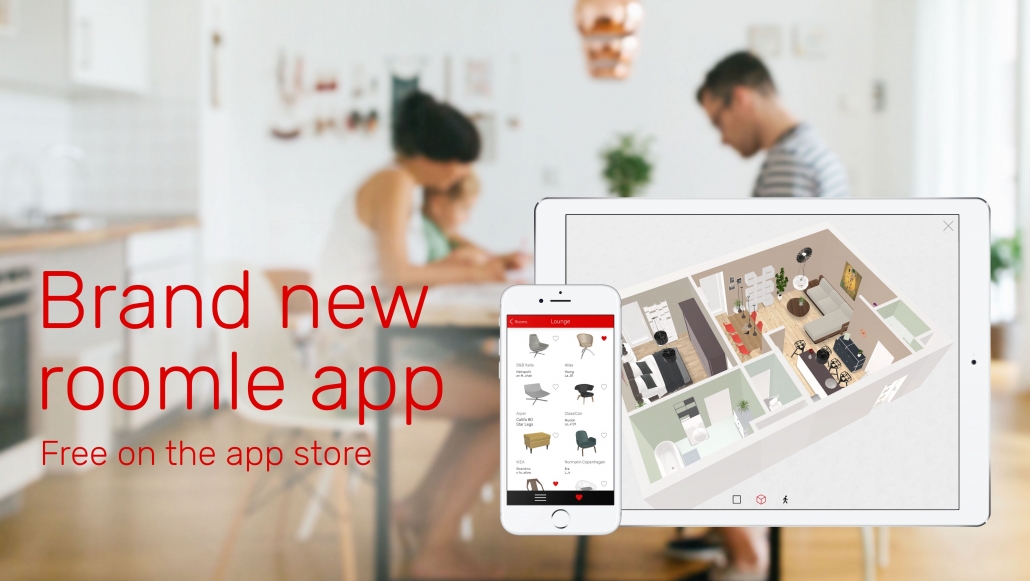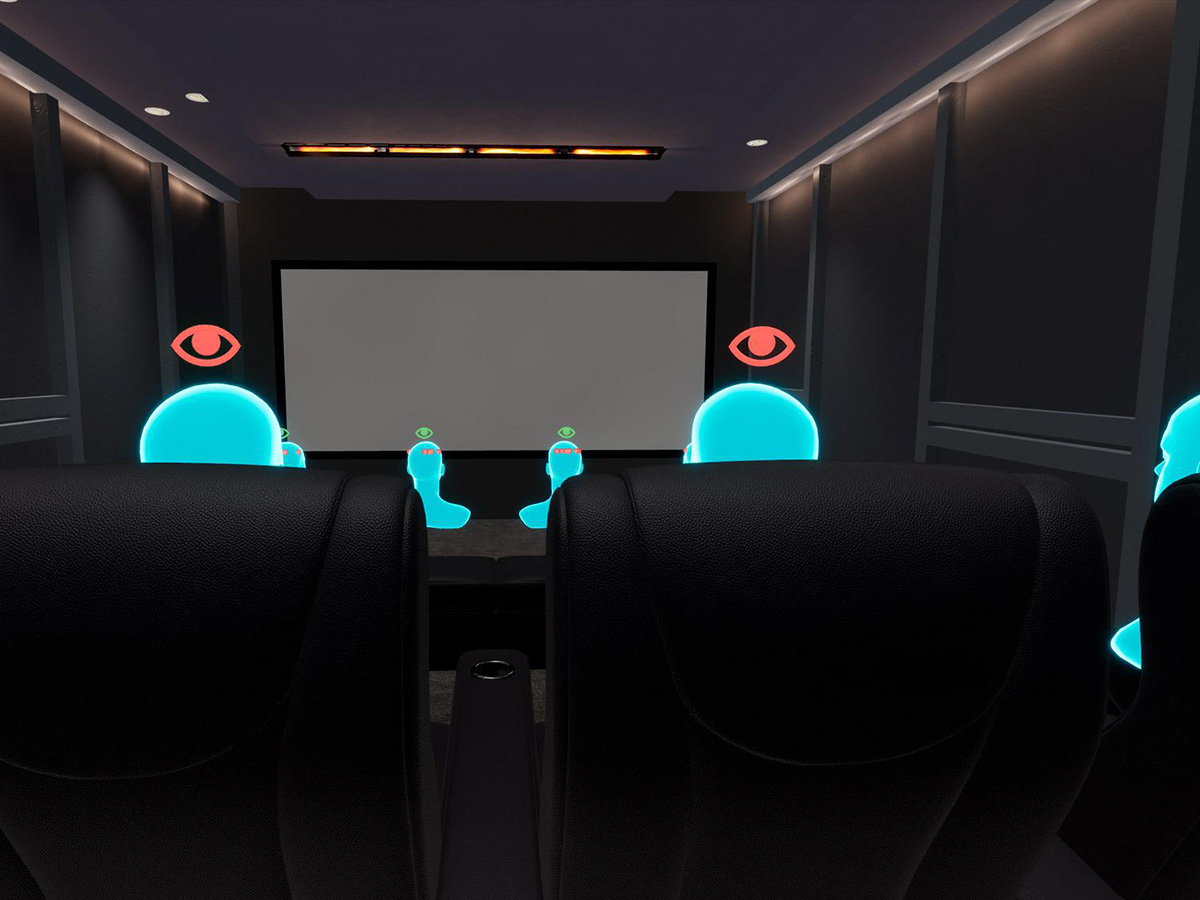

Students, instructors, and guests can enter the model using their laptops, desktops, or virtual reality headsets. Users inside the model are able to roam freely, controlling their “avatar” using a keyboard & mouse or other devices. Students can pre-arrange views of their interior spaces to create a guided 3D tour of their designs to show instructors and peers. Object properties, materials, and daylighting analysis are also available, allowing for further technical discussion between parties. Instructors can produce measurements, annotations and inspect the model elements synchronously, allowing for both critical and technical analysis of the work. In place of in-person interaction and discussion, the virtual environment created a meeting point to analyze, discuss, and reflect on design solutions in a real-time 3D framework. The interface can also provide a list of all the collaborators in the virtual environment, helping you coordinate the review. Each student would be visible in the model with a coloured “avatar” stating their name. These virtual environments were accessible to students and guests through a shareable web link-this method can allow for upwards of 30 guests in the model at one time. Therefore, during the preliminary design phases, students’ digital models were converted into immersive and traversable “virtual interior environments.” This allowed students to view their designs in real-time 3D using their own “avatar” (including a name tag) with the ability to walk through each other’s works freely.Īrchitectural visibility settings allowing guests to visibly isolate architectural elements Due to COVID-19, introducing an immersive digital framework to assist in the visualization and critical analysis of the iterative design process was essential.

During the design development phase, students produce a multitude of design iterations and options. The studio’s term objectives required the production of precedent studies, site analysis, programming, concept ideation, and design. In December 2020, nine Masters of Interior Design students (IDES-7200-A01 – Masters Studio) led by studio head Jason Shields (Assistant Professor – Faculty of Interior Design) looked to new technologies to augment the core fundaments of Interior Design. Right: Converted immersive and traversable “virtual interior environment” with annotations and dimensions

Left: Original preliminary architectural model produced by a student


 0 kommentar(er)
0 kommentar(er)
